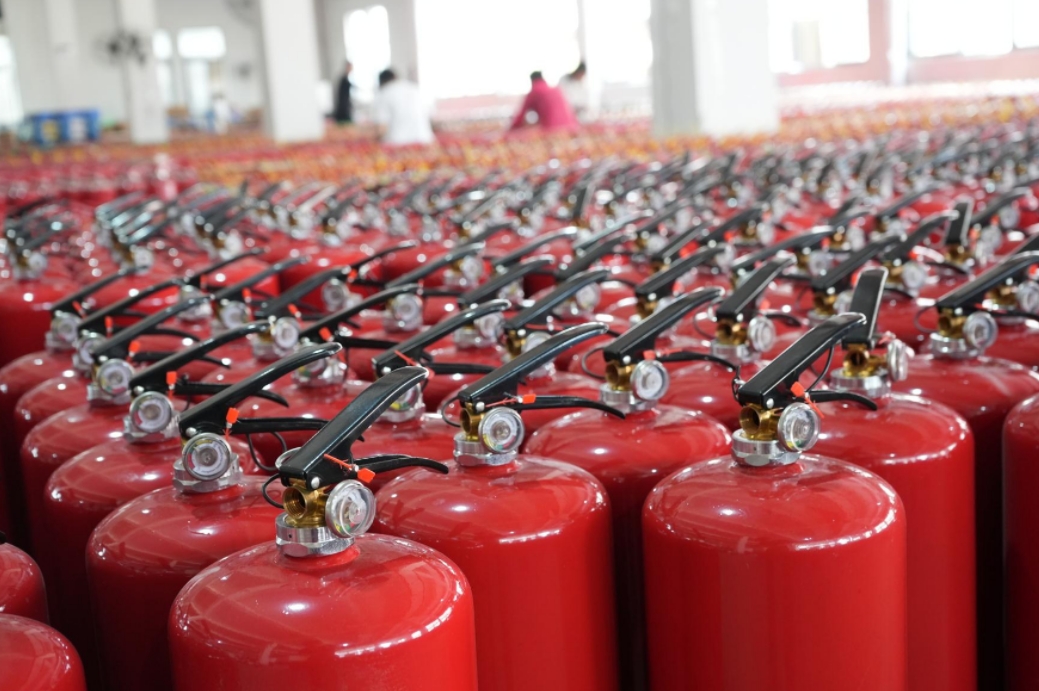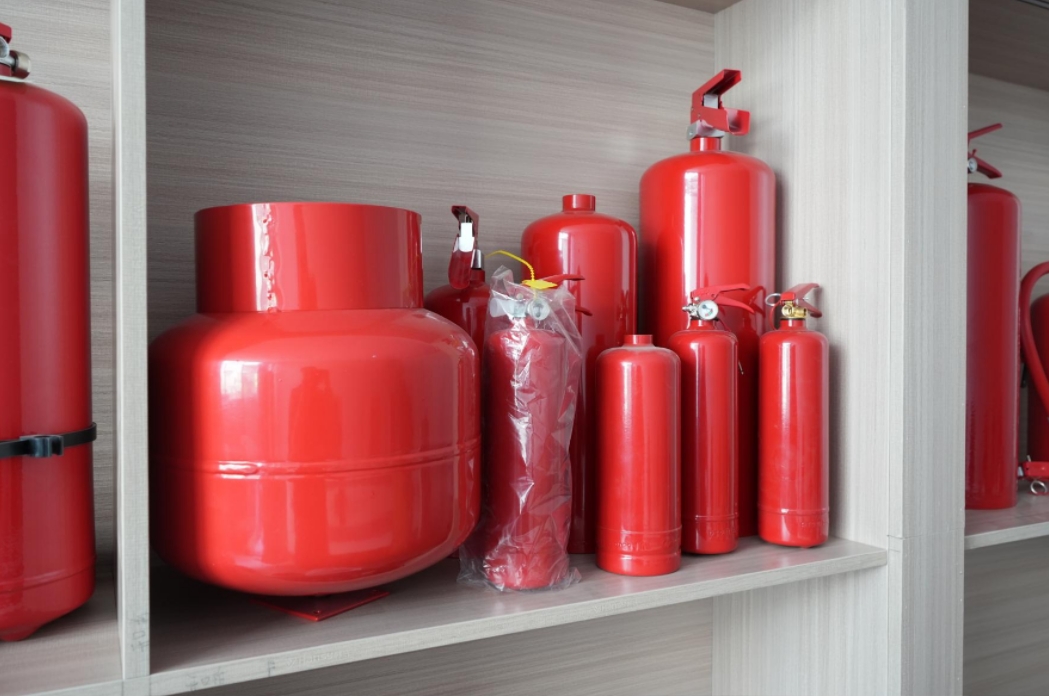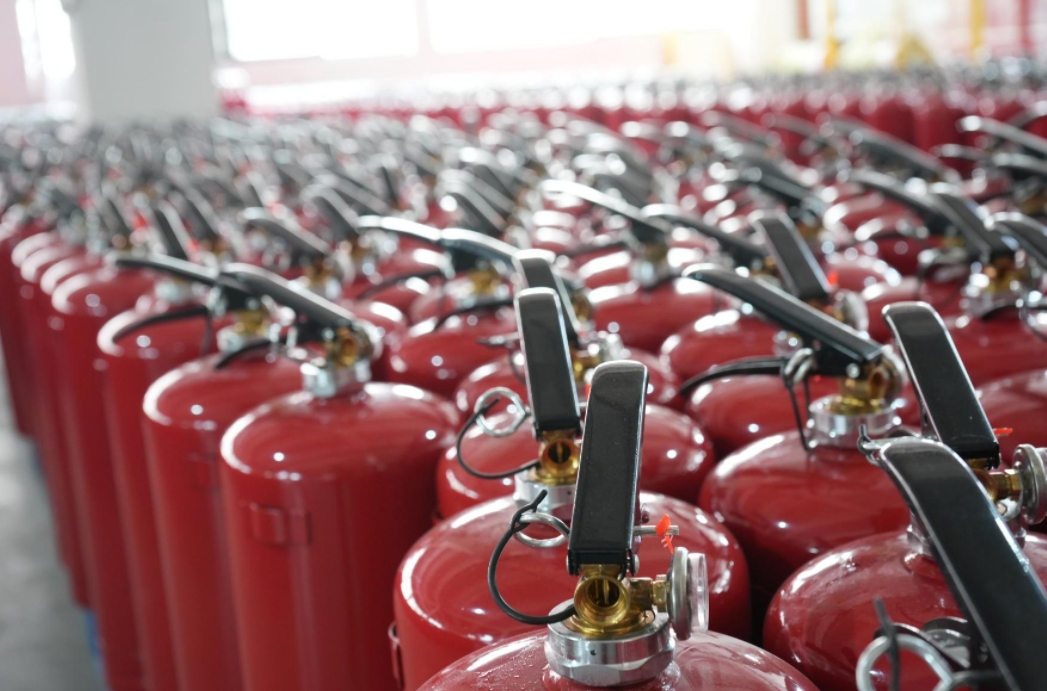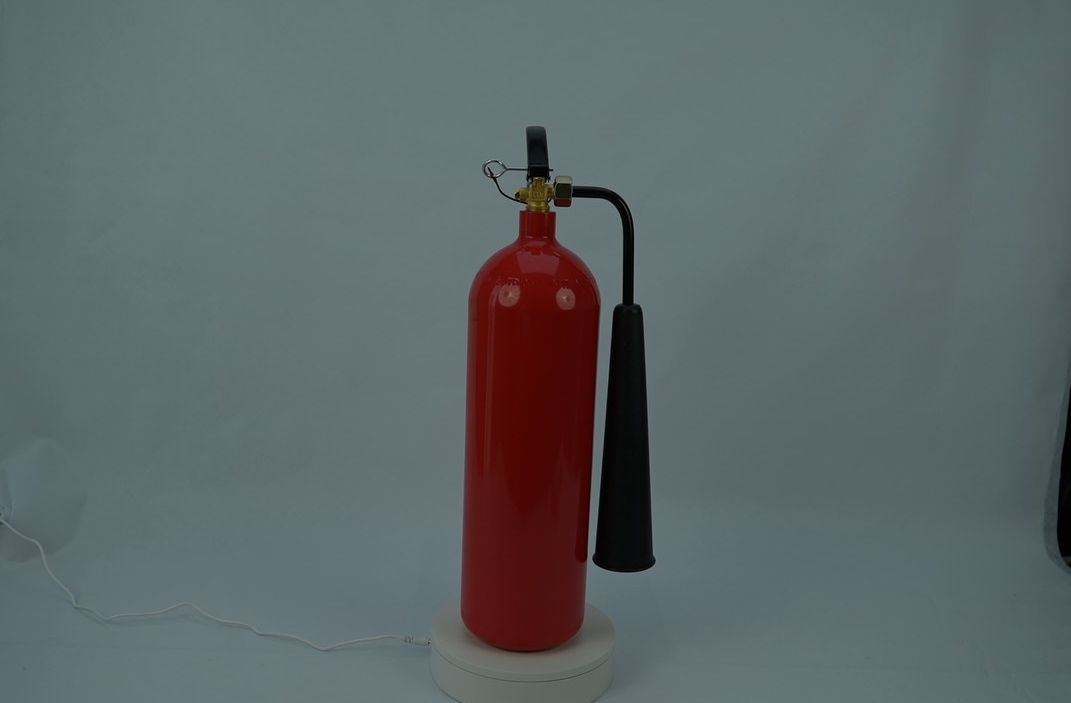Different Types of Fire Extinguishers and Their Uses
小编2025-05-12
Not all fires are the same — and not all fire extinguishers can handle every type of fire. Using the wrong extinguisher can make a fire worse or even cause danger. That’s why it’s essential to know the main types of fire extinguishers and what they’re designed for.
1. Dry Powder Fire Extinguisher (ABC)
Use for: Class A (solids), Class B (liquids), and Class C (electrical) fires
Common sizes: 2kg, 4kg, 6kg, 9kg
Ideal for: Homes, vehicles, workshops, factories
Pros: Versatile, good for mixed-risk environments
Cons: Leaves residue, can damage electronics
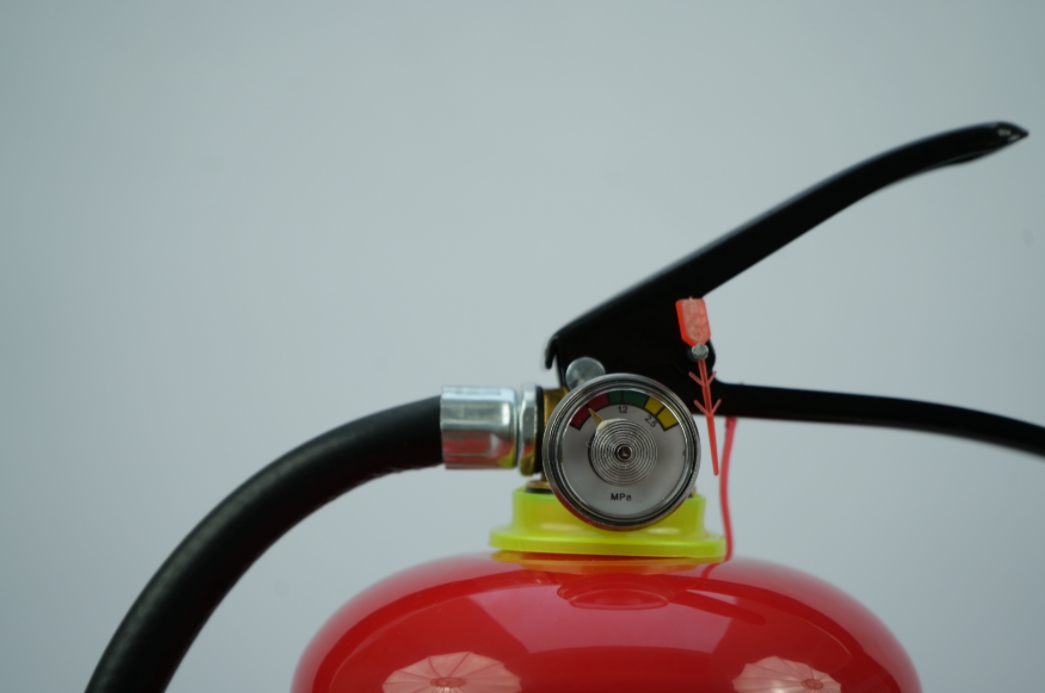
2. CO₂ (Carbon Dioxide) Fire Extinguisher
Use for: Class B (flammable liquids) and Class C (electrical) fires
Common sizes: 2kg, 5kg
Ideal for: Server rooms, offices, data centers
Pros: Leaves no residue, safe for electronics
Cons: Not suitable for Class A fires, less effective outdoors
3. Foam Fire Extinguisher (AFFF)
Use for: Class A and B fires
Common sizes: 6L, 9L (liters, not kilograms)
Ideal for: Offices, retail stores, petrol stations
Pros: Covers flammable liquid fires and prevents re-ignition
Cons: Not for electrical fires
4. Wet Chemical Fire Extinguisher
Use for: Class K (kitchen/oil/fat) fires
Common sizes: 2L, 6L
Ideal for: Kitchens, restaurants
Pros: Specifically designed for cooking oil fires
Cons: Limited to kitchen use
5. Water Fire Extinguisher
Use for: Class A fires (paper, wood, fabric) only
Common sizes: 6L, 9L
Ideal for: Schools, offices, public buildings
Pros: Simple, inexpensive
Cons: Dangerous if used on electrical or oil fires
Understanding extinguisher types ensures you’re prepared for the right fire with the right tool. For general use, an ABC dry powder extinguisher (2kg–9kg) is the most versatile. But for specific environments like IT rooms or kitchens, a CO₂ or wet chemical unit may be essential. Always match the extinguisher to the risk.

